
O codeguim or cudiguim is a variation brought to Brazil by Italian immigrants from cotechino, which is originally from Modena and follows controlled designation of origin (IGP) regulations. By regulation, the cotechino it can only be made from pork meat, fat and skin, salt and whole or crushed pepper.
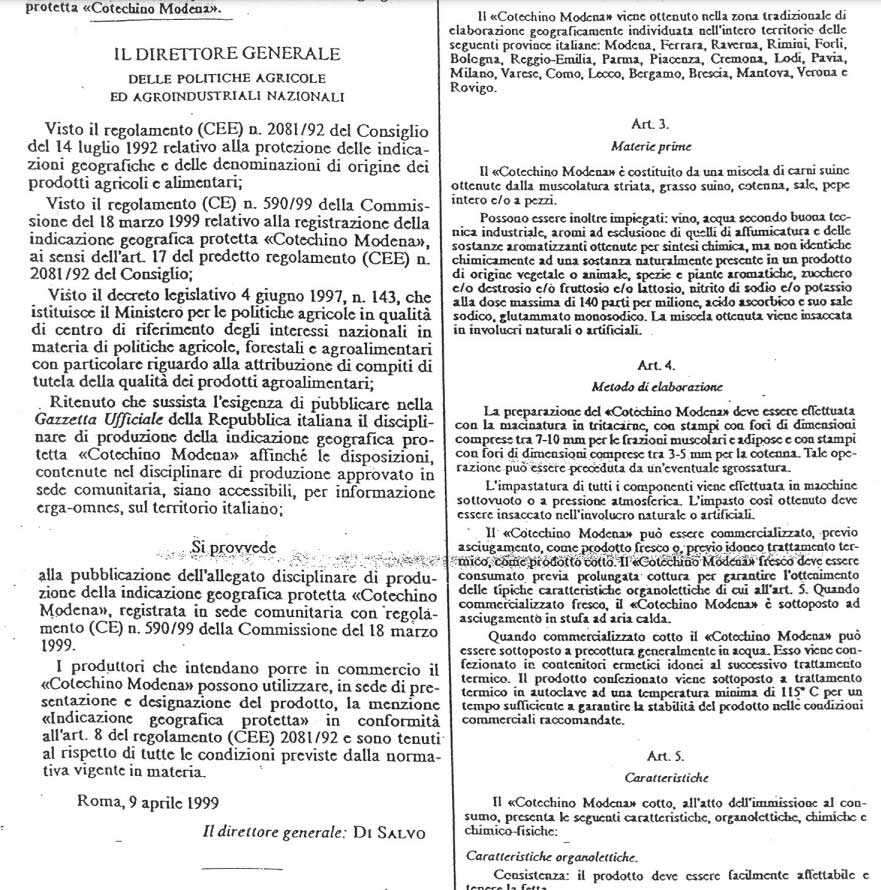
It can also be used: wine, water, spices, aromatic plants, sugar/dextrose/fructose/lactose, sodium or potassium nitrite (140ppm minimum), antioxidant and monosodium glutamate (flavor enhancer). Natural or artificial casing can be used.
The meat and fat must be ground with a disc between 7 and 10 mm. The skin must be ground with a 3 to 5 mm disc.
O codeguim or cudiguim produced in Brazil is generally made with cooked pork skin. O cotechino original is made with ground raw skin. I will make the Brazilian version with the cooked skin, as it is the most common version in Brazil and it is much easier to grind the skin this way.
Ingredients for codeguim, cudiguim or cotechino
- 600 g pork;
- 400 g pork skin;
- 16 g salt;
- 5 g sugar;
- 2 g curing salt 1 (6.25% of nitrite and 93.75% of salt);
- 2 g antioxidant (with sodium erythorbate);
- 2 g garlic powder;
- 1 g ground black pepper;
- 1 g nutmeg;
- 50 ml white wine;
- parsley and chives to taste.
Preparation of cudiguim, codeguim or cotechino sausage
- Separate the meat from the skin/leather and chop into pieces of suitable size to pass through the grinder;
- Cook the skin for about 1 hour until it softens, without falling apart;
- Grind the skin on the 3mm disc and the meat on the 8mm disc;
- Mix all the ingredients until you get a sticky dough;
- Embed in pork or collagen casing;
- Twist and tie the ends;
- Cudiguim sausage can be roasted over coals, in a frying pan or in water.
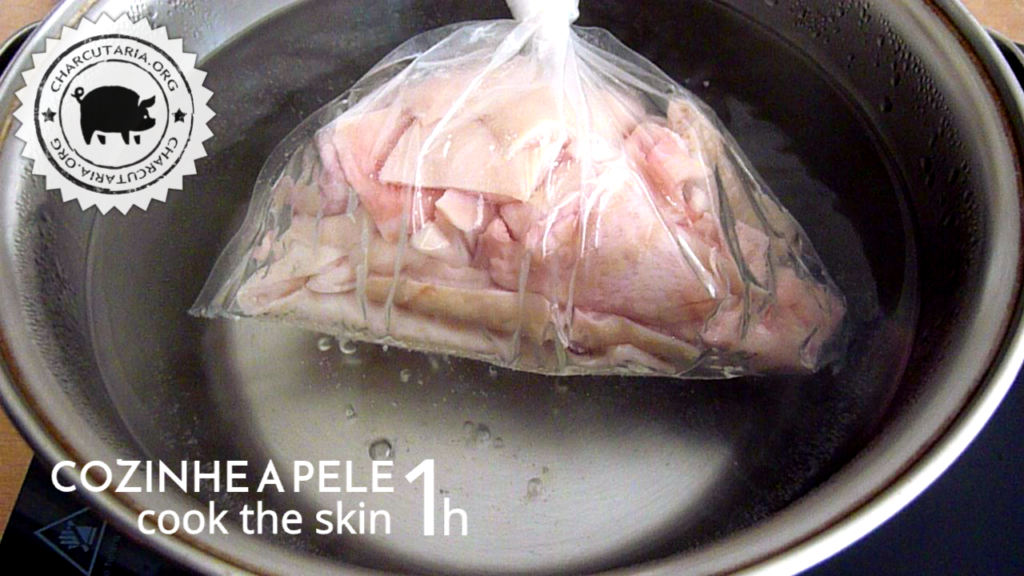
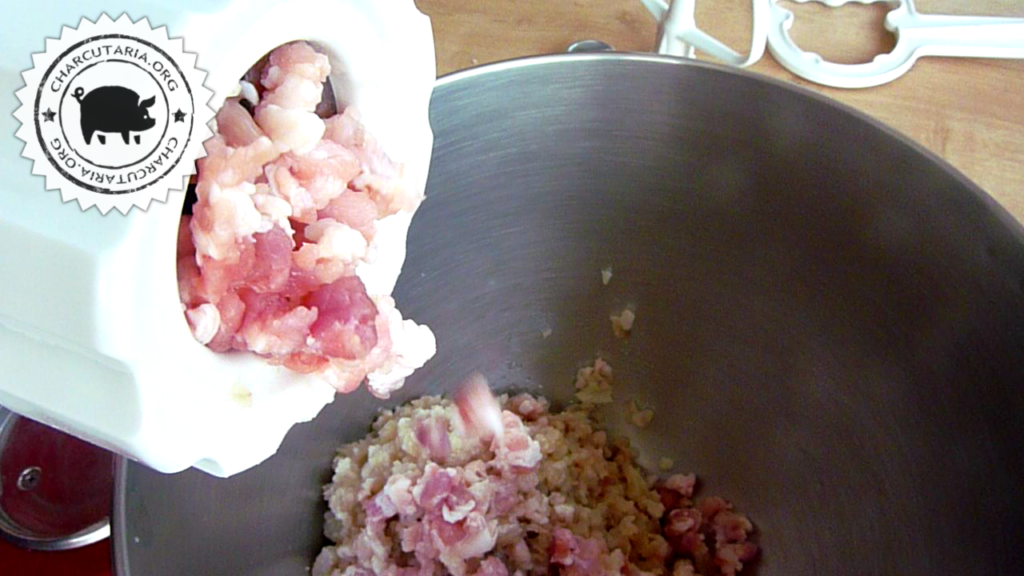
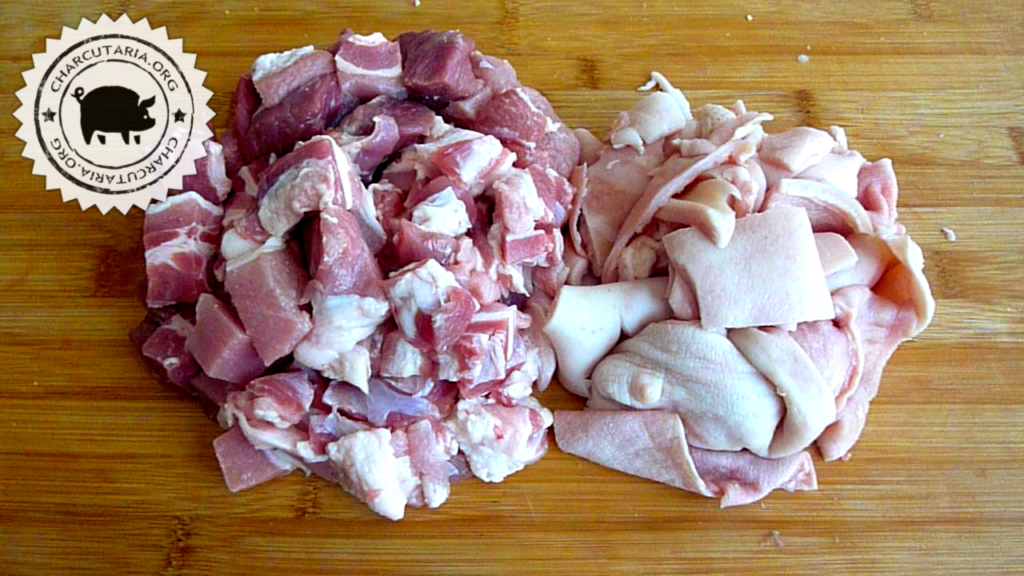

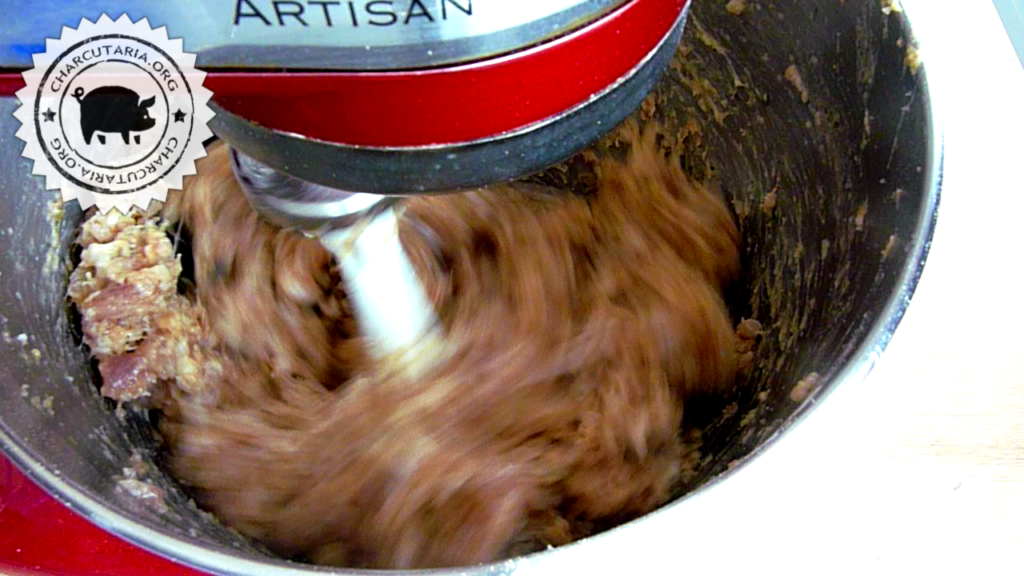







Plastic bag, easy roast, available in any supermarket, my grandparents were Italian, the purpose of this recipe is to use everything from the pig, as in post-war Italy there was a lot of hunger.
I loved the recipe, very well explained, congratulations
Until today, I only ate it with beans.
What plastic bag did you use? Do you need to cook leather in plastic, can't it be cooked directly in water or a bain marie? I understand that we cannot lose collagen.
The plastic bag is vacuum style, made of nylon, resistant to heat and suitable for food. Common plastics can release toxic residues when heated. You can cook directly in water, but use little water so as not to waste too much collagen that will release into the broth. This is the plastic bag I used: https://charcutaria.org/categoria-produto/embalagens/
The recipe may be good but it remains totally hampered by excessive advertising interruptions, which have nothing to do with the kitchen, and banal insistences, which have nothing to do with the purpose. It's a shame the authors continue with their “stupidity”; they lose potential customers… like me!
Roberto Carvalho
Hi Roberto, thank you for your testimony. We maintain advertisements on content pages. All content is free and advertising is the only possible counter to this model. There are no advertisements in the store. In any case, we will investigate and try to reduce the volume of ads to improve the browsing experience.
I didn't have an ad and people are ridiculous to complain about free garlic! I'm grateful for sharing knowledge
I thought the video was excellent, congratulations!
I ate this delicacy as a child. I loved it.
Gratitude
I really liked the precision, objectivity and clarity! It is work of this level that guarantees, that gives credibility to the products advertised here. Without ads, no one can buy! Or would you prefer a reverse ad, like “I’m looking for additives, salts…”?
Good afternoon, how are you?
To do Codeguim, does he need to rest?
Like you mix it one day and just add it the next?
You don't need to rest, you can build it on the same day.
I made it and it was amazing, thank you.
Very good!!! I'm from Argentina..I'd like to buy the salami starter.But I'm sorry it's so slow!!
I'll do it and give feedback
Good evening, I did it correctly according to the recipe, when frying everything burst inside the frying pan and another part I did it on the grill, it looked beautiful but it sticks a lot to the lips, it looks like a very bad glue, is there any secret?outside the recipe?
Maybe you overcooked the pork skin. It has a lot of collagen, it will inevitably stick a little, but if you do it at the right time you won't have this problem.